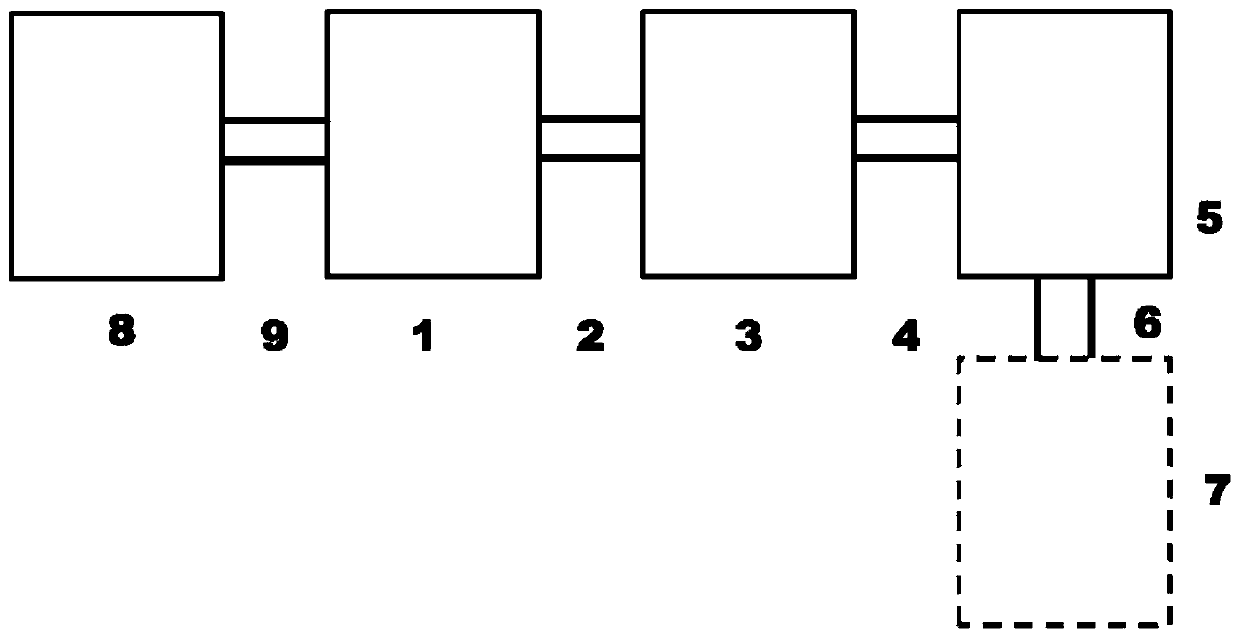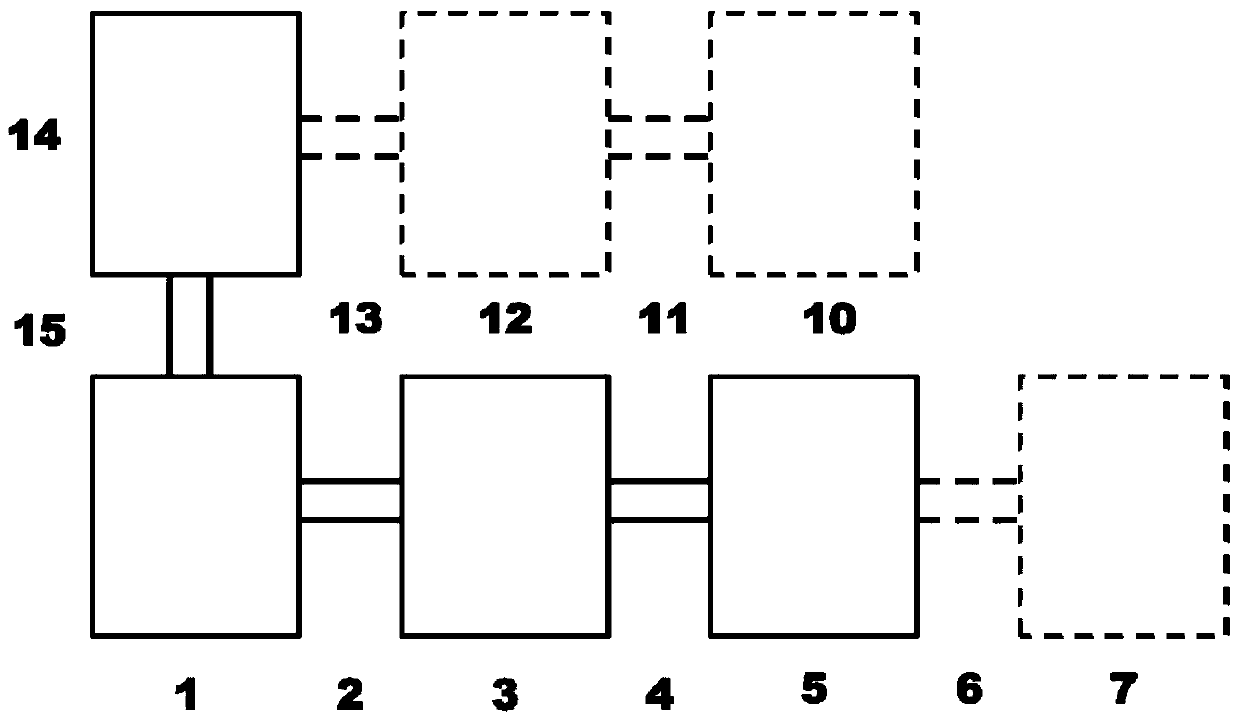Process for recovering metal from electronic waste
A technology of electronic waste and metal, applied in chemical instruments and methods, improvement of process efficiency, transportation and packaging, etc., can solve problems such as expensive, highly toxic, and non-recyclable
- Summary
- Abstract
- Description
- Claims
- Application Information
AI Technical Summary
Problems solved by technology
Method used
Image
Examples
Embodiment
[0252] Basic Example 1 Biosorption of Gold Dissolved in Aqua Regia
[0253] Materials and methods:
[0254] Microbial cultures are grown under sterile conditions, but then processed using non-sterile solutions and equipment.
[0255] 1. Incubate and grow 25 mL of nutrient broth (0.5% peptone, 0.3% yeast extract) with C. metalloreta CH34 (Deutsche Sammlung von Mikroorganismen und Zellkulturen GmbH#2839) at 30°C at about 200 rpm for at least 16 hours to the stationary phase.
[0256] 2. The culture was centrifuged at 3100 rcf for 15 minutes, the supernatant was discarded, and the pellet (about 0.1 g) was resuspended in 30 mL of 0.1 M sodium perchlorate for washing. This centrifugation / washing step was repeated one more time with a volume of 10 mL.
[0257] 3. The culture was centrifuged again as above, the supernatant was discarded, and the pellet was resuspended in 25 mL of 0.1 M sodium perchlorate, 25 μM chloroauric acid (about 5 ppm Au), pH 4 (with hydrogen NaO adjustment...
Embodiment 3
[0321] The lixiviant of embodiment 3B dissolved gold
[0322] Materials and methods:
[0323] Printed circuit boards were collected from discarded desktop computers, sections with gold-plated connection pins were cut from the boards, and used as e-scrap stock models.
[0324] 1. Prepare a lixiviant solution for gold as follows:
[0325] a. Iodine based lixiviant: 0.1 M iodine, 37.5 mM potassium iodide; make up in water and let stand for 2 hours before use.
[0326] b. Acetic acid / peroxide based lixiviant: 1.5M hydrochloric acid, 0.6M hydrogen peroxide, 0.6M calcium chloride; make up in glacial acetic acid and stir for 30 minutes before use. This lixiviant is similar to that described in WO 2016 / 168933 A1 (Foley et al., 2016-10-27 (27-10-16)).
[0327] c. Acetic acid / hypochlorite based lixiviant: 0.7M hydrochloric acid, 0.25M calcium hypochlorite; make up in glacial acetic acid.
[0328] d. Acetic acid / chlorine based lixiviant: 0.48M hydrochloric acid made up in glacial ace...
Embodiment 4
[0353] Example 4A Dissolution of gold and leaching of base metals from ground printed circuit boards
[0354] Materials and methods:
[0355] As a model for e-scrap feedstock, printed circuit boards were collected from discarded desktop computers and ground to a particle size <3 mm. This powder was then sieved to obtain a <1 mm particle size fraction, which was used in subsequent experiments.
[0356] 1. To pre-treat the e-scrap powder to remove base metals, 1200 g of <1 mm finely ground e-scrap was treated with 5M sulfuric acid as an approximately 30% w / v slurry in a reactor with a mechanical stirrer at 200 rpm for approximately 16 Hour. Add 50% hydrogen peroxide dropwise until a final concentration of about 7.5% is reached.
[0357] a. This treatment was repeated and the weight of the powder obtained was reduced to 745 g.
[0358] b. 125 g of this powder were subjected to an additional treatment step with 4M sulfuric acid as a slurry of about 25% w / v in a reactor with a ...
PUM
 Login to View More
Login to View More Abstract
Description
Claims
Application Information
 Login to View More
Login to View More - R&D
- Intellectual Property
- Life Sciences
- Materials
- Tech Scout
- Unparalleled Data Quality
- Higher Quality Content
- 60% Fewer Hallucinations
Browse by: Latest US Patents, China's latest patents, Technical Efficacy Thesaurus, Application Domain, Technology Topic, Popular Technical Reports.
© 2025 PatSnap. All rights reserved.Legal|Privacy policy|Modern Slavery Act Transparency Statement|Sitemap|About US| Contact US: help@patsnap.com



